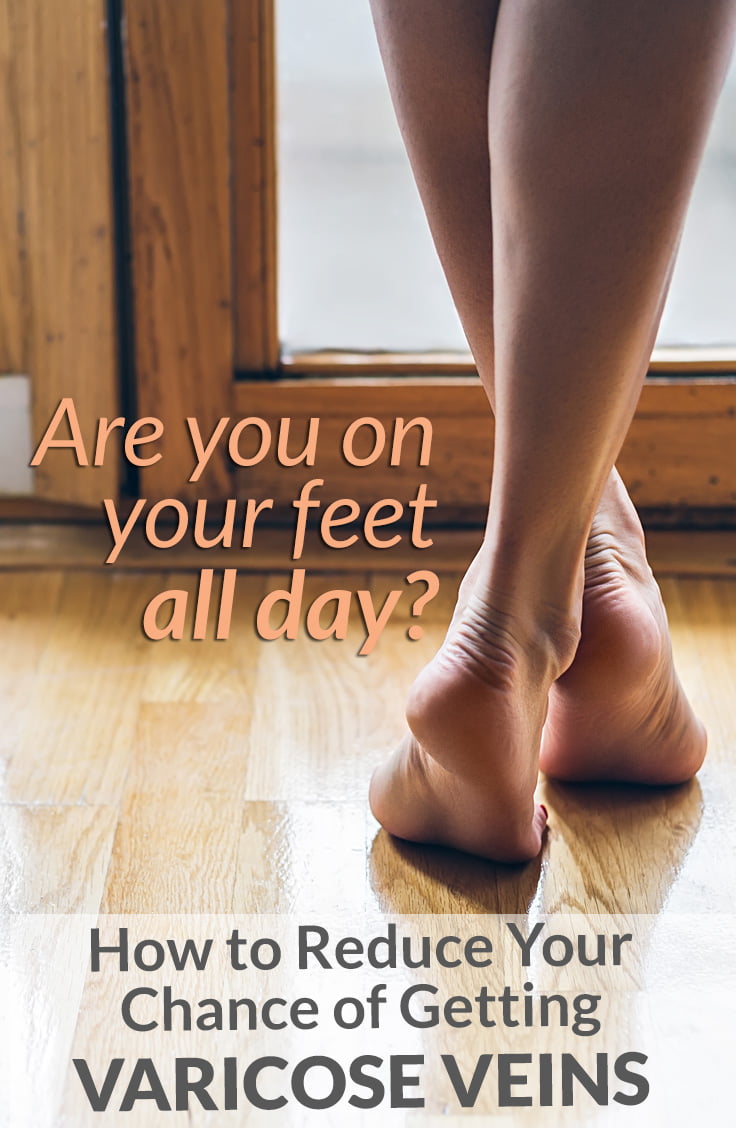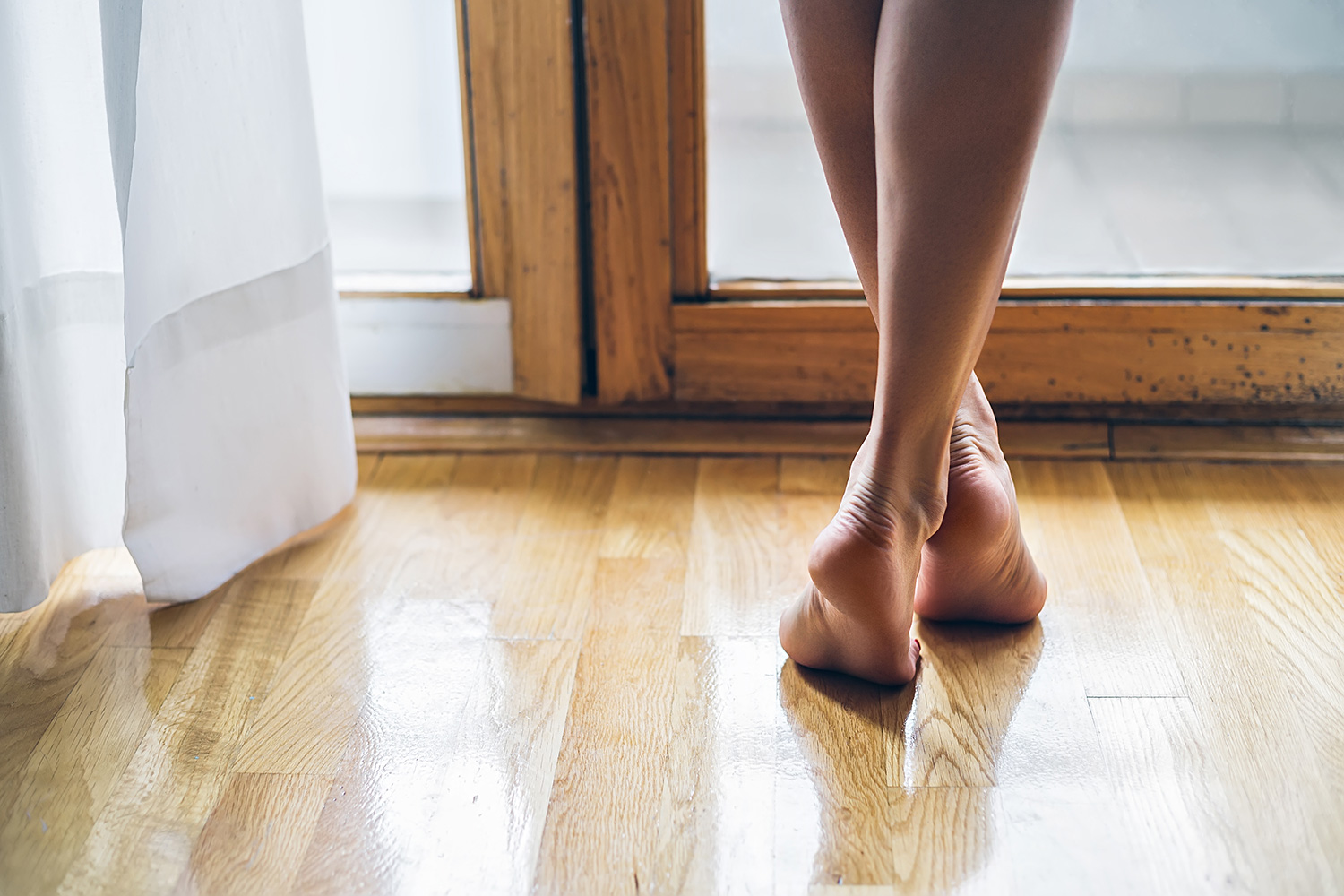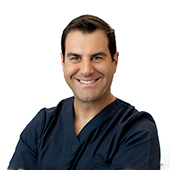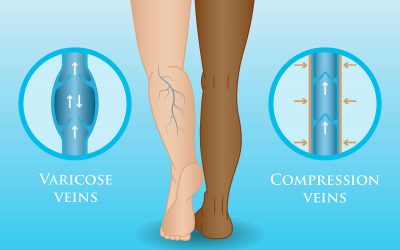One of the risk factors for varicose veins is spending a lot of time on your feet. If you work in a profession where standing is a necessity, like health care, factory work or teaching you might be wondering if anything can be done to limit the risk of developing varicose veins.
They’re not just unsightly, they can also be painful, itchy and uncomfortable, and can develop into more serious vein diseases.
Can anything be done to reduce your chance of getting varicose veins?
- Whenever you can, wear Class 2 compression stockings during the day. This will help compress and support your veins and help promote normal blood flow. It can also help to keep swelling to a minimum and reduce the achiness in your legs from a day on your feet.
- Try not to stand still for long periods of time. Move around once every hour or so, take a short stroll to get the circulation flowing in your legs again.
- Keep watch of your lifestyle. Quit smoking, keep alcohol consumption to a minimum and exercise regularly.
- Maintain a healthy weight as excess weight puts pressure on your veins further exacerbating symptoms.
- When you have a break and are able to sit down, try elevating your legs on a footstool.
- Get enough rest.
It’s too late, I already have varicose veins, what can I do?
Herbal supplements have been known to improve pain and swelling but have never been proven to heal bad veins or prevent healthy ones from deteriorating.
The good news is the reparative procedures available these days are not invasive and painful like ‘vein stripping’ once was. There are a number of options including Endovenous Laser Ablation and the VenaSeal closure system which literally glues the veins closed with medical-grade glue, rerouting blood flow to other healthy veins. There’s plenty to explore in effective treatments.







